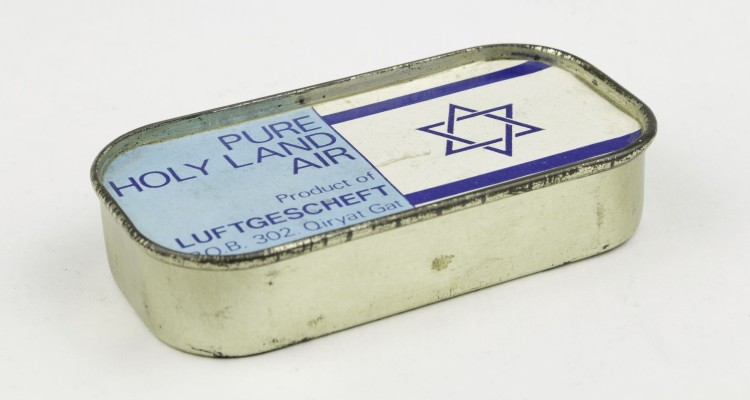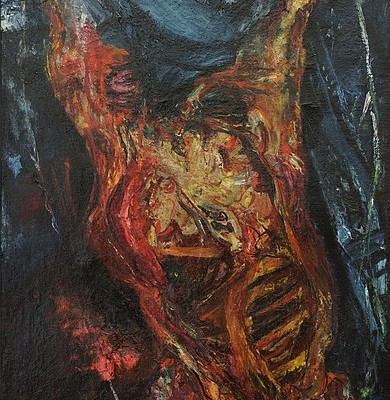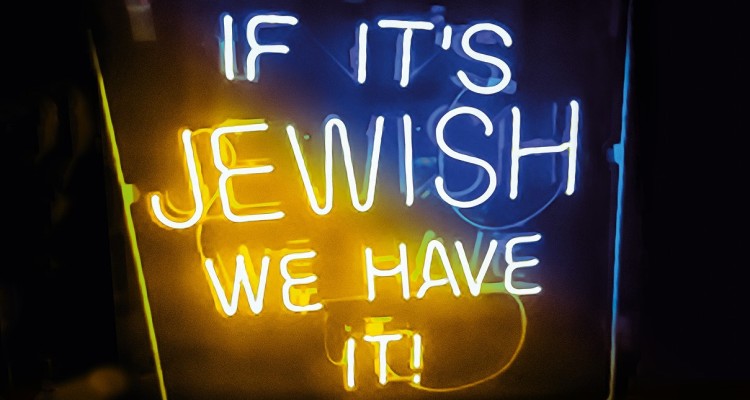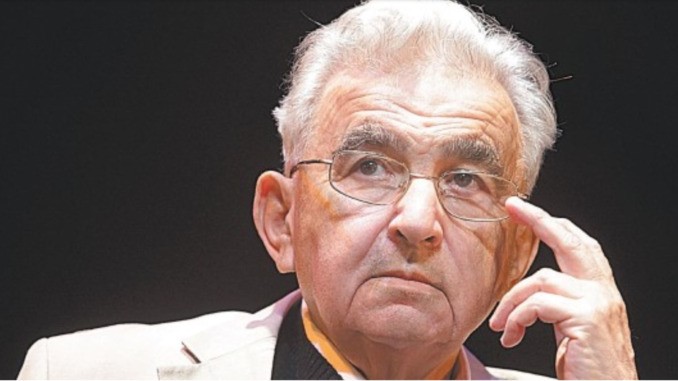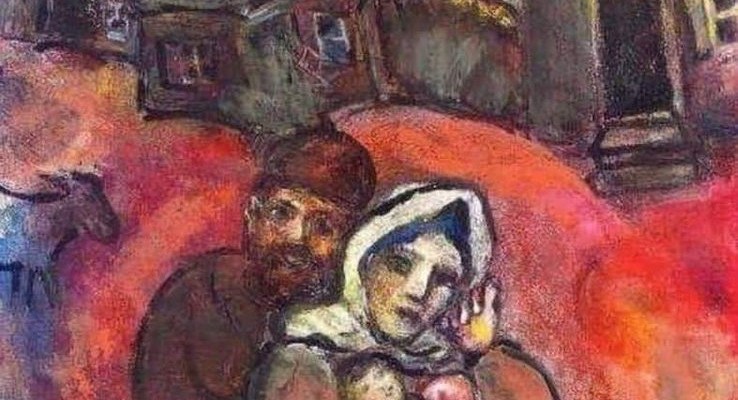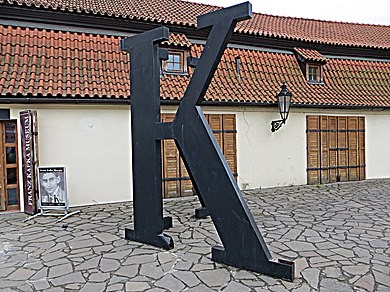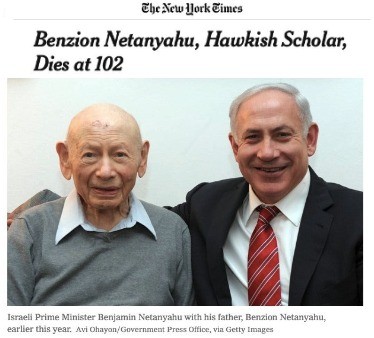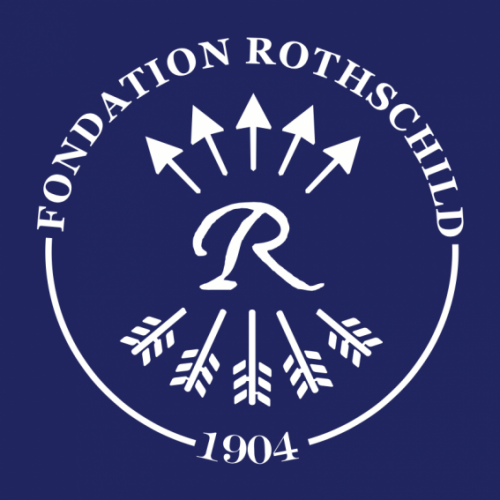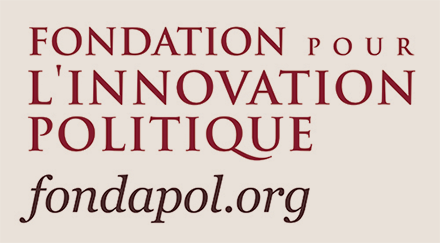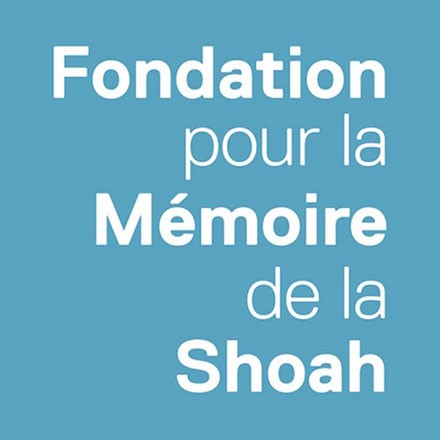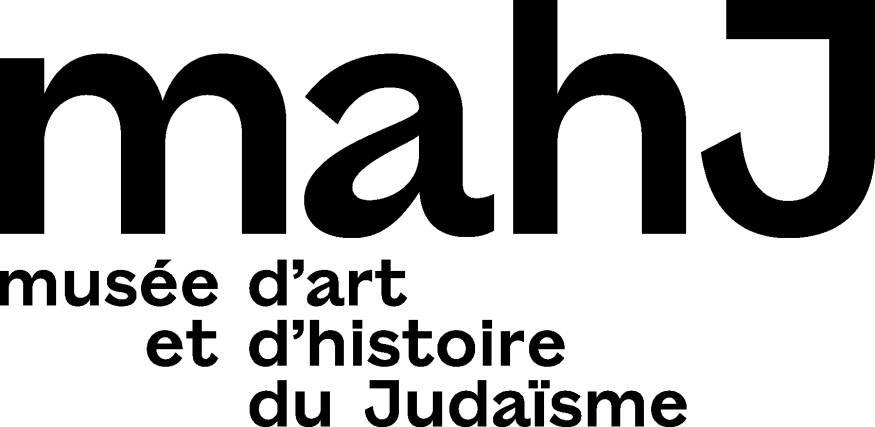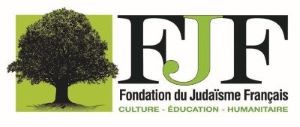Culture
After taking over the direction of the Jewish Museum in Vienna (JMW) on July 1, Barbara Staudinger and her team of curators had less than five months to put together their first exhibition: “100 Misunderstandings about and between Jews”. Since its opening at the end of November, the exhibition has been attracting audiences. A look back at a controversy not seen in a European Jewish museum for a decade.
In Communist Romania, Jews were traded for pigs, calves or cows. This is how Sonia Devillers’ grandparents – as she recounts in Les Exportés (Flammarion, September 2022, not yet translated into English) – were able to pass to the West. A picture of blood and guts emerges from Romania: after being slaughtered by hand, the surviving Jews were worth just about the price of the animals for which they were exchanged.
At the Jewish Museum in Hohenems, Austria, an exhibition with the strange title “‘Taxidermied Jews?” History, present and future of Jewish museums”. “Taxidermied Jews?” The phrase refers to the ancient words of a president of the Jewish community in Vienna who did not want a museum in which Jews could be admired as “Taxidermied Indians”. In the context of the debate opened by the exhibition at the Hohenems Museum, Cilly Kugelmann, the former program director of the Jewish Museum in Berlin, questions the very notion of a “Jewish museum.”
“My novels are a kind of Litvak saga, a monument to the memory of the Lithuanian Jews who have passed away. This is how Grigory Kanovich likes to describe his work. Born in June 1929 in Janova to a Yiddish-speaking Jewish family, he has published many short stories and ten novels, translated into many languages. Last August, in the form of a four-part serial, K. published the first French translation — by Elena Guritanu — of “Poor Rothschild”. At the beginning of this year, we continue the Jewish saga of this prolific 94-year-old Lithuanian writer with the story “I dreamed of Vilnius, the lost Jerusalem”, written as a tribute to Wilno, the Jerusalem of Lithuania. In the preface to this reading, Elie Petit and Elena Guritanu retrace his journey for K.
We know the Christmas movie genre and its more or less serious sub-genres invented by Hollywood. Danny Trom, after having seen ‘Gremlins’ (1984), the horror film directed by Joe Dante and produced by Steven Spielberg, analyzes what could be a specific sub-genre to be identified, the Jewish Christmas movie…
Do today’s music lovers and discophiles feel embarrassed when they listen to recordings of the great performers who played, between 1933 and 1945, without any qualms, for the Nazi leaders? This is the case of Philippe Olivier, a music historian and opera specialist – particularly Wagner – for whom this question is not insignificant and who wonders about his own relationship with this musical heritage.
The history of relations between Jews and Ukrainians came back with insistence from the beginning of the war initiated by Putin. It is an essentially tragic history, which Boris Czerny revisits, but reminding us that it is not limited to acts of violence. Through the evocation of Dovbush, a popular hero of the Carpathians, and of Rabbi Israel Ben Eliezer, known as the “Baal Shem Tov”, he focuses on the web of linguistic and cultural exchanges that demonstrate the richness of the links between Ukrainians and Jews and that constitute the complex material of a common past.
The story is well known: Kafka asked his friend Max Brod to destroy his manuscripts. Not only did Max Brod not do so, but he became the guardian of the writer’s memory, his biographer and publisher, the owner of most of his manuscripts – which he took to Israel. Who owns all these archives today? In his book-investigation, Benjamin Balint followed the events surrounding Kafka’s manuscripts, from the political and literary quarrels to the judicial outcome. Philippe Zard returns for K. to the story of a misheritage.
The impromptu arrival of the Netanyahu family one day in the winter of 1959 under the roof of Ruben Blum’s family causes the life of the young history professor at a provincial university in New York State to falter. But how can we understand this explosive event that American novelist Joshua Cohen stages without giving us the key?
Join us
With the support of:
Thanks to the Paris office of the Heinrich Böll Foundation for their cooperation in the design of the magazine’s website.
